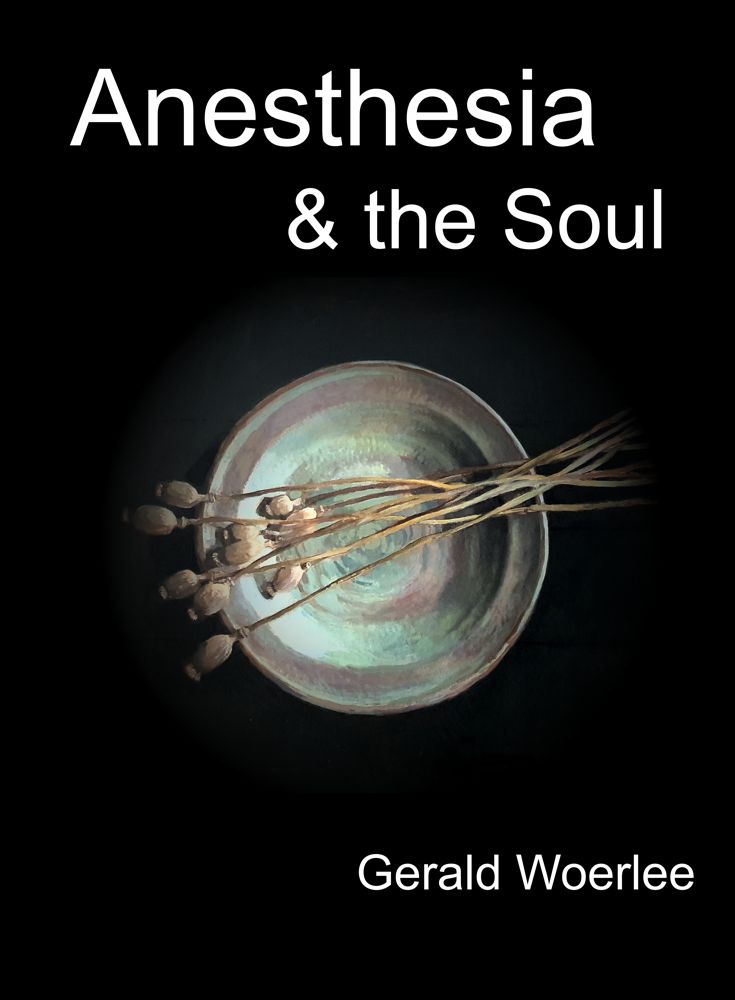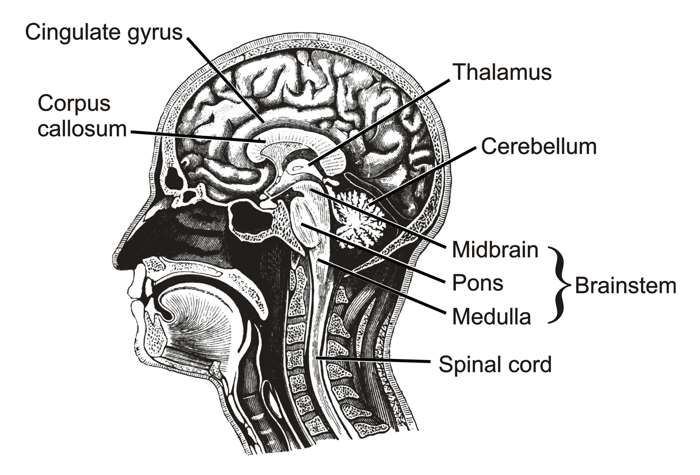What is Consciousness?
 What is consciousness? This is a very difficult question, and one subject to very loose and muddy definitions. Indeed, different people have either unformed ideas on the matter, or have widely differing concepts of the concept of consciousness. Viewed from a purely practical perspective, part of the question can be answered by examining which animals and humans clearly have evident and provable periods of consciousness and unconsciousness, as defined by sleep and general anesthesia. The list below describing recognized consciousness in mammals is very informative.
What is consciousness? This is a very difficult question, and one subject to very loose and muddy definitions. Indeed, different people have either unformed ideas on the matter, or have widely differing concepts of the concept of consciousness. Viewed from a purely practical perspective, part of the question can be answered by examining which animals and humans clearly have evident and provable periods of consciousness and unconsciousness, as defined by sleep and general anesthesia. The list below describing recognized consciousness in mammals is very informative.
• A normally healthy human is unconscious during sleep and general anesthesia, and conscious when awake.
• A drooling, totally demented human is unconscious during sleep and general anesthesia, and conscious when awake.
• A drooling, misformed, severely mentally retarded human is unconscious during sleep and general anesthesia, and conscious when awake.
• Horses, cows, pigs, dogs and cats are clearly unconscious during sleep and general anesthesia, and conscious when awake.
• Monkeys, rabbits, ferrets, rats and mice are clearly unconscious during sleep and general anesthesia, and conscious when awake.
What does this list imply?
This is just a list of some easily recognized examples of the presence and absence consciousness in familiar mammals, and excludes the fact that many other animal species such as reptiles, fish, and birds also manifest periods of consciousness and unconsciousness in the same manner as the mammals listed above (Bringmann 2018, Siegel 2008). Yet nothing indicates that they manifest consciousness in the manner as defined in these dictionary definitions of consciousness.
[Consciousness] Is the state of knowing what goes on around one… (Webster Dictionary 1991)
[Consciousness means being] Inwardly sensible or aware… (Shorter Oxford Dictionary 1956)
No-one expects a mouse or dog to have the same intelligence, self-awareness, tool-making, society-building, environmental manipulation abilities as a normally functioning human. Indeed, while they possess the same basic brain structures as humans, as well as expressing basic emotions such as fear, contentment and happiness, no animals other than humans have ever developed the use of tools, or have purposefully changed and influenced their environments as have humans.
Ancient ideas on consciousness
The ancient Hindu holy book called the “Bhagavad-Gita” provides a wonderfully enlightening concept of the nature of consciousness. In the Bhagavad Gita, we read that the god Krishna tells the human Prince Arjuna that consciousness is the spark of light illuminating the mind, making all the properties of mind possible.
… son of Bharata [Arjuna], as the sun alone illuminates all this universe, so does the living entity, one within the body [the soul], illuminate the entire body by consciousness. (Bhagavad-Gita As It Is, 13:34)
When this concept is stripped of the ancient idea of a soul, and supplemented with modern neurological insights, we arrive at the true meaning and nature of consciousness and its relation to the brain.
The brain and consciousness
More than 80 years of medical and biological science repeatedly reveals consciousness to originate, or be generated by structures within the brainstem, the evolutionary most primitive part of the brain (see diagram). Biological studies show that the brains of all creatures capable of exhibiting manifest consciousness have a similar basic brainstem structure. Such studies demonstrate that consciousness is generated by a basic neuronal network within the functioning brainstem.

The “brainstem” in the human consists of the midbrain, the pons, and the medulla. This is the most primitive part of the brain, as is evidenced by the presence of the same structures and functions in the brains of all vertebrate animals such as fish, mammals, reptiles, and birds.
Decades of studying brain-damaged persons reveals the following observations on the nature of consciousness.
… wakefulness refers to the sub-state that permits open eyes and a degree of motor arousal (i.e. wakefulness defines the level of consciousness); awareness refers to the sub-state that enables experience of thoughts, personality, memories, and emotions (i.e. awareness defines the content of consciousness. Although wakefulness and awareness are intimately connected—in general, one has to be awake to be aware—it is possible to identify circumstances under which they are dissociated: … (Gawryluk 2010)
The fact that awareness is not a property of consciousness, or that consciousness is required for awareness is very revealing. More recent research even confirms that no cerebral cortex, or awareness are required for human or animal consciousness [make an internet search for: "consciousness without cerebral cortex"] .
The true meaning of “consciousness”
In the absence of consciousness in humans and animals, there is no voluntary directed behavior, there are no expressions of mental activity such as personality, voluntary directed actions or behavior, emotions such as fear, contentment or happiness. Accordingly, consciousness is that property of brain function making attributes of mind such as personality, emotions, awareness, and memory possible.
No soul is required to explain consciousness, instead consciousness is a neurological operating system similar to a computer operating system, only generated by the functioning of the brainstem. This is a clear and logical way to define consciousness without the necessity of any real understanding of its nature, or the level of neuronal complexity required to manifest consciousness.
Consciousness and many other subjects are discussed in the books “Anesthesia & the Soul” and “The Unholy Legacy of Abraham”. Readers can download these books for free by clicking the relevant button.
References
- Bringmann H, (2018), Sleep active neurons: conserved motors of sleep. Genetics, 208: 1279-1289.
- Gawryluk JR, et al, (2010), Improving the clinical assessment of consciousness with advances in electrophysiological and neuroimaging techniques. BMC Neurology, 10: 11.
- Siegel JM, (2008), Do all animals sleep? Trends in Neurosciences, 31: 208-213.
Website design & content G.M. Woerlee©, 2020–2025
